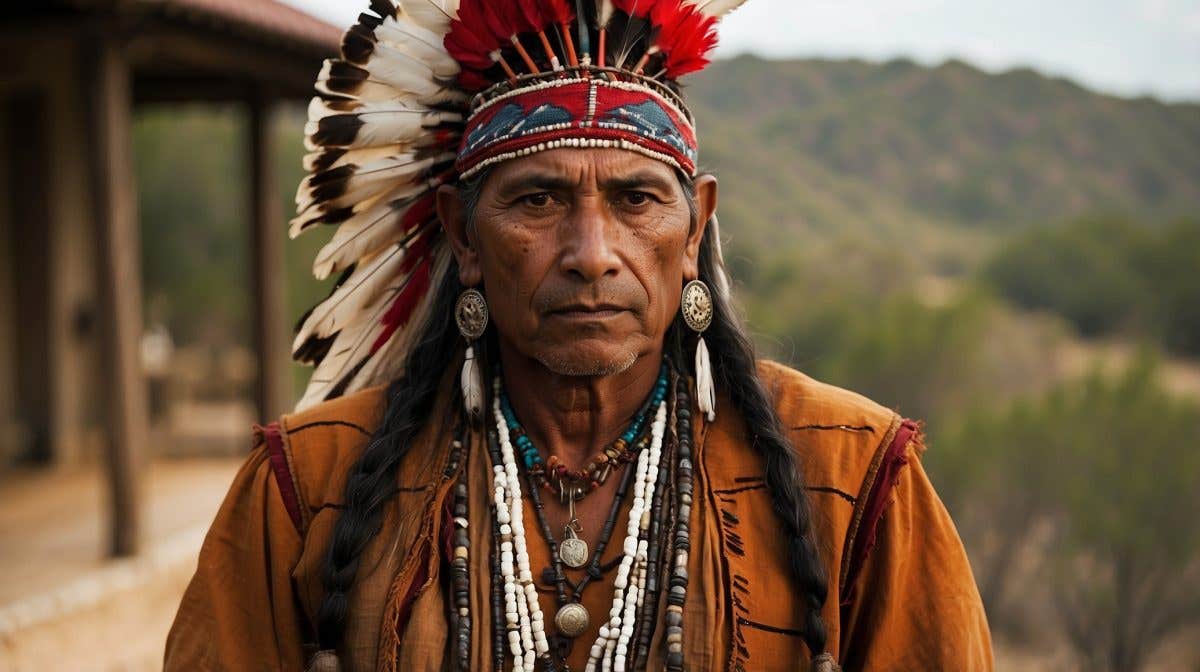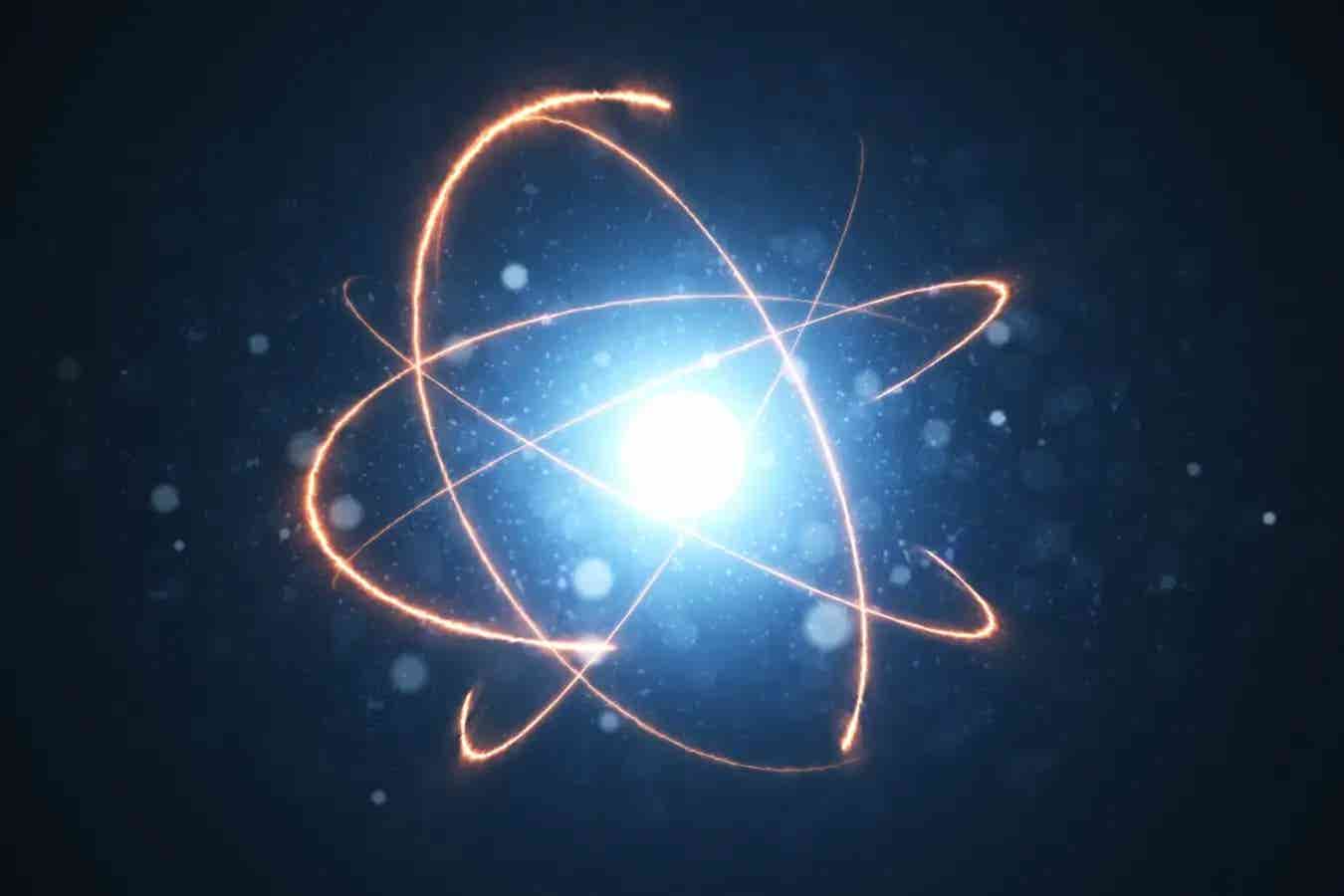Did Native Americans originally migrate from Japan?
Groundbreaking research disputes the theory that Native Americans descended from Japan’s Jomon people pointing instead to Siberian origins.

A new study overturns the idea that Native Americans originated from Japan’s Jomon people, showing stronger links to Siberian populations. (CREDIT: CC BY-SA 4.0)
The long-standing theory that the earliest Native Americans migrated to the Western Hemisphere from Japan is facing significant scientific scrutiny. A new study challenges the idea that these early populations, often referred to as First Peoples, descended from the Jomon people, who lived in Japan 15,000 years ago.
This research, published in the journal PaleoAmerica, disrupts the established narrative by analyzing genetics and skeletal biology, which, according to the authors, do not support the connection.
For decades, archaeologists have pointed to similarities in stone tools to support the theory. They argue that early Indigenous populations followed a coastal route along the northern Pacific, crossing the Bering Land Bridge to reach North America.
Once there, they spread rapidly across the continent, reaching South America’s southernmost tip within 2,000 years. Central to this hypothesis has been the resemblance of stone artifacts crafted by the Jomon people and those found at early First Peoples sites in the Americas.
However, this latest study, conducted by experts in human teeth biology and Ice-Age genetics, suggests otherwise.
Led by Professor Richard Scott, an anthropologist with nearly 50 years of experience studying dental structures worldwide, the research team employed advanced statistical methods to compare tooth samples from populations in the Americas, Asia, and the Pacific.
The results revealed minimal overlap between the Jomon and Native American samples. Only 7% of the teeth showed any connection to non-Arctic Native Americans.
"We found that the human biology simply doesn’t match up with the archaeological theory," said Professor Scott. "These people who lived in Japan 15,000 years ago are an unlikely source for Indigenous Americans. Neither the skeletal biology nor the genetics indicate a connection. The most likely origin for Native Americans appears to be Siberia."
The genetic evidence aligns with the dental findings. Co-author Professor Dennis O’Rourke, an expert in the genetics of Indigenous Americans, explained that maternal and paternal lineages in early Jomon and American populations do not overlap.
Related Stories
"Recent studies of ancient DNA from Asia show that the two groups diverged from a common ancestor much earlier than previously thought," he stated. This view was echoed by co-author Professor Jennifer Raff, who has extensively studied the genetics of Ice-Age populations.
Their findings build on earlier work by O’Rourke and Raff, including a groundbreaking analysis of ancient DNA from Ice-Age remains in Alaska in 2016. This latest study, supported by archaeological and ecological experts, adds another layer of complexity to the story of human migration to the Americas.
Adding weight to the study’s conclusions is a recent genetics paper on the Japanese population, which found evidence of three distinct migrations into Japan, rather than two as previously believed. This supports the idea that the Jomon population’s genetic makeup is distinct from that of Indigenous Americans.
Moreover, a separate archaeological discovery in New Mexico unveiled human footprints dating back 23,000 years. These footprints, described as definitive evidence of human presence in North America before the Last Glacial Maximum, challenge previous timelines. Yet, they offer no support for the theory that Indigenous Americans originated from Japan.
The study’s authors acknowledge limitations, such as the relatively young age of available Jomon DNA and dental samples, which date back less than 10,000 years.
Despite this, they argue these samples are reliable proxies for earlier populations in Japan. "We assume they represent the Incipient Jomon or the people who made stemmed points in Japan 16,000–15,000 years ago," the authors wrote.
The findings call for a reevaluation of how we understand the migration of the First Peoples. While it remains likely that they reached the Americas via the Northwest Pacific coast, their origins appear to lie in Siberia, not Japan.
Professor Scott emphasized, "The Incipient Jomon population represents one of the least likely sources for Native American peoples among non-African populations."
This study marks a significant shift in our understanding of early human migration. By combining advanced genetic and dental analyses, it highlights the importance of revisiting long-held assumptions.
The search for definitive answers continues, with scientists exploring new evidence to refine the complex story of how humans first populated the Americas.
Note: Materials provided above by The Brighter Side of News. Content may be edited for style and length.
Like these kind of feel good stories? Get The Brighter Side of News' newsletter.
Joseph Shavit
Head Science News Writer | Communicating Innovation & Discovery
Based in Los Angeles, Joseph Shavit is an accomplished science journalist, head science news writer and co-founder at The Brighter Side of News, where he translates cutting-edge discoveries into compelling stories for a broad audience. With a strong background spanning science, business, product management, media leadership, and entrepreneurship, Joseph brings a unique perspective to science communication. His expertise allows him to uncover the intersection of technological advancements and market potential, shedding light on how groundbreaking research evolves into transformative products and industries.



